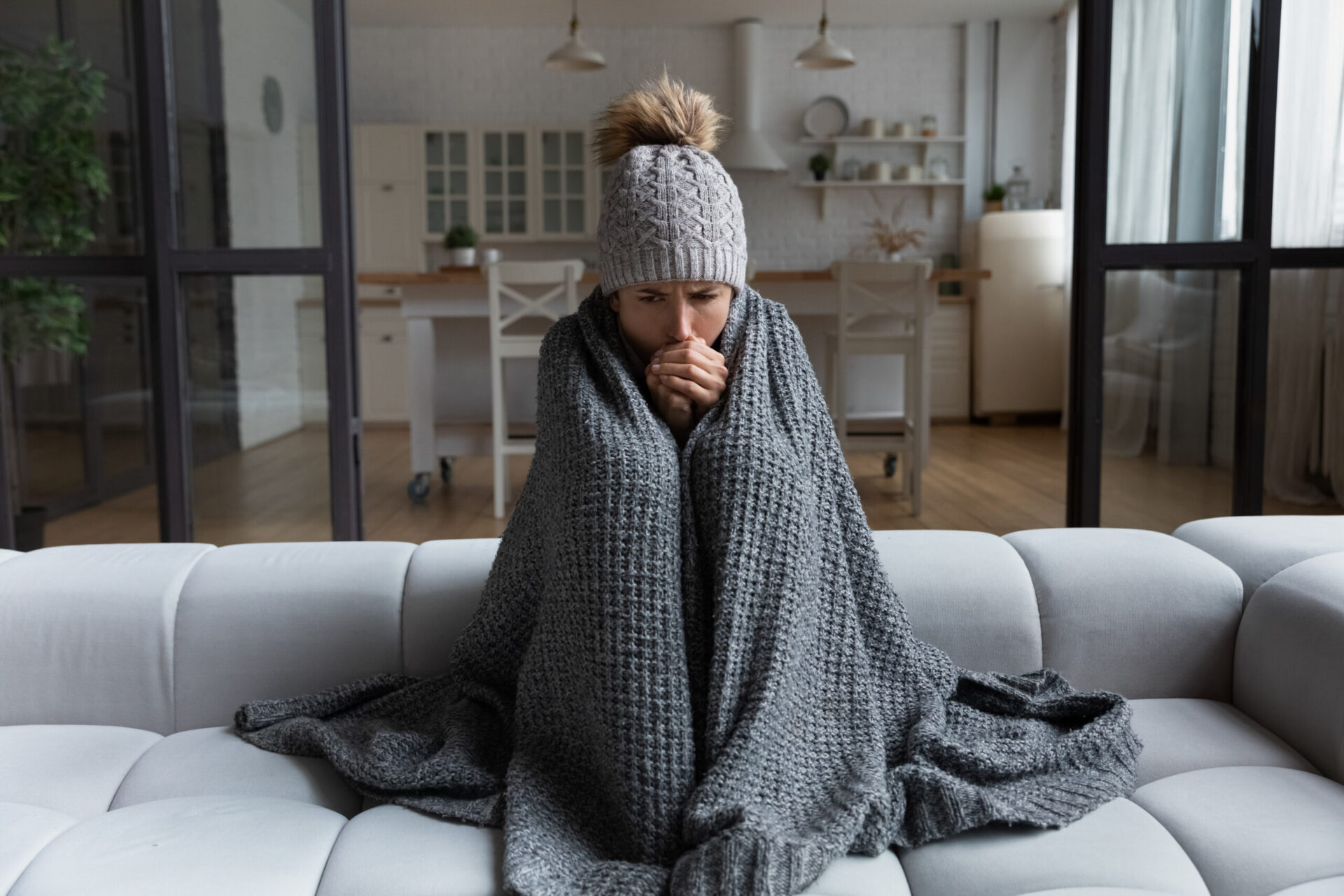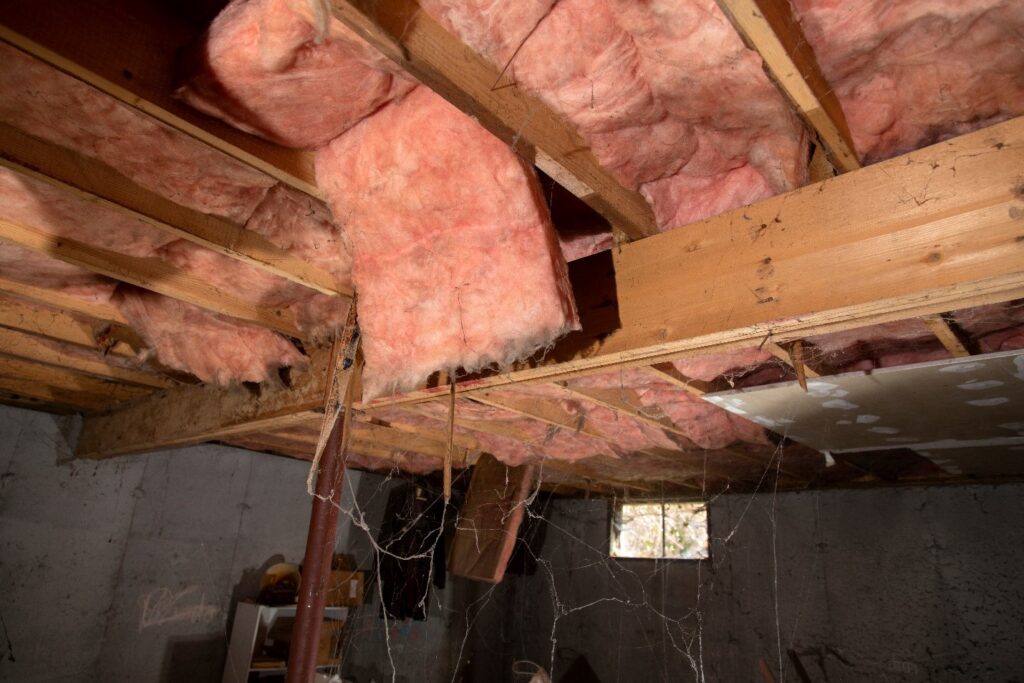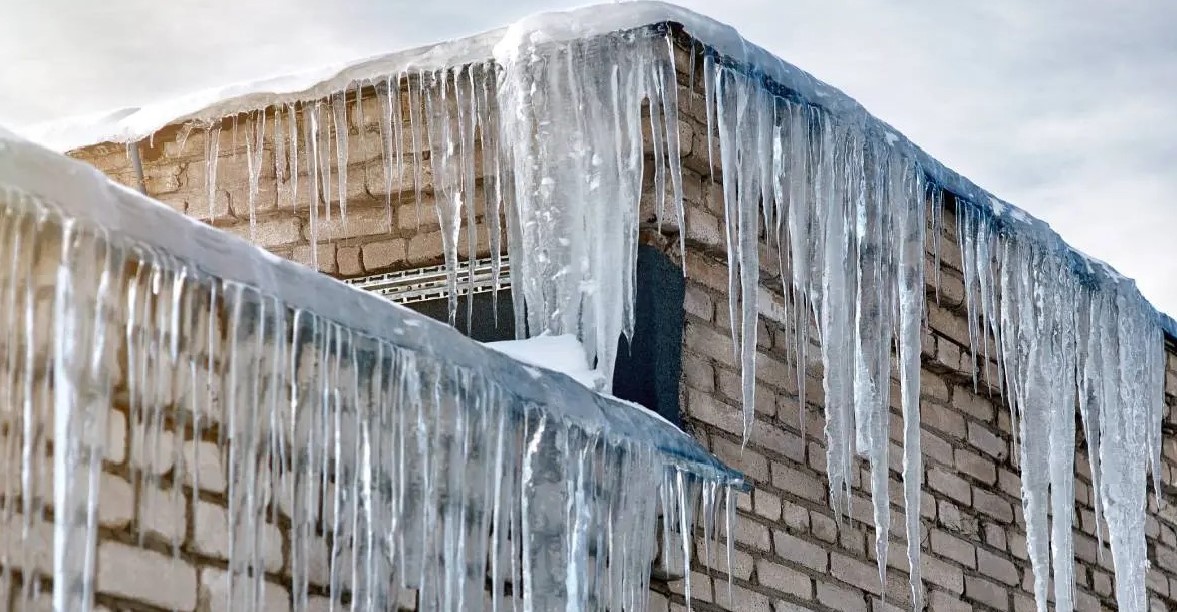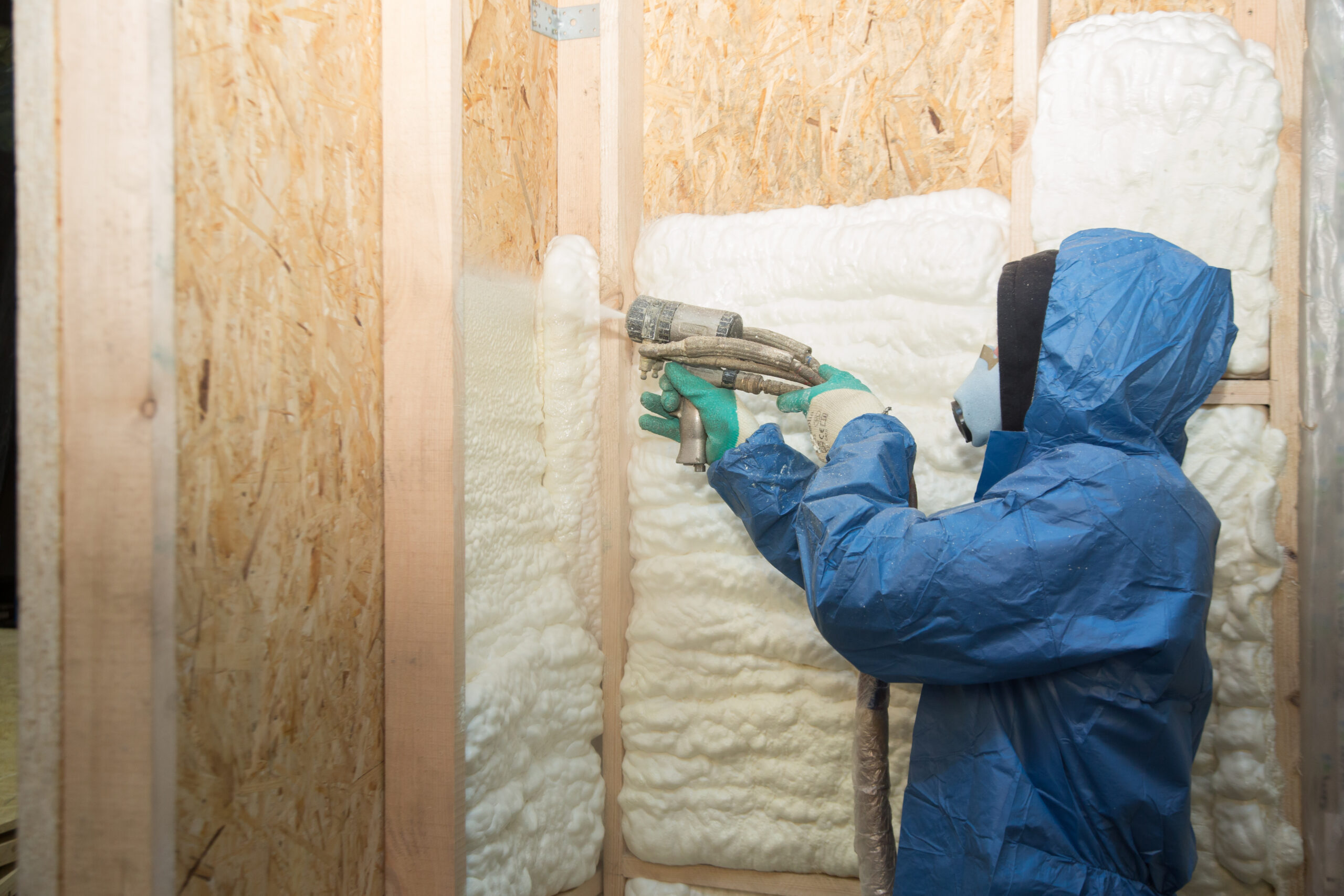Why Does My House Feel Colder Than It Should?

Cold winter winds can make anyone uncomfortable, especially if it’s making your house cold. If the thermostat is set to a comfortable, toasty temperature, but it’s still cold inside, several issues could be the cause.
If your house feels colder than the thermostat setting or feels drafty and cold, it could be a problem with the insulation, air leaks, or the HVAC system.
As temperatures outside plummet, staying warm and cozy while in your home is essential, especially as much of New York experiences heavy snowfall and frigid temperatures. But more importantly, fixing potential issues can also help to keep your home more comfortable in every season.
Standard can help diagnose any problems and offer solutions to all your heating and cooling challenges all year round, including figuring out why your house is so cold.
Could Poor Insulation Be Why My House Is So Drafty?
Inadequate insulation is one of the main culprits behind cold spots, drafts, and uneven temperatures.
Think of insulation as a blanket for your home. It provides a layer between the inside of the house and the exterior, preventing heat transfer. In short, it keeps warm air inside during the heating season while preventing cold air from entering. During the warmer months, insulation prevents warm air from coming inside, while preventing cool air from leaking out.
The Role of Infiltration and Exfiltration
Air leaking into a home is called infiltration, while air leaking out is exfiltration. In many homes, inadequate insulation in basements, crawlspaces, and attics create a problematic scenario.
Cold air comes in from below while heat from the home gets lost through the attic. A lack of insulation around ductwork and points where electricity is wired into the ceiling contribute to these issues also.
Many Homes Lack Attic Insulation
Many homes, particularly older ones, lack adequate insulation in the attic — sometimes it lacks insulation entirely.
Others may need an upgrade to thicker insulation with higher R-values, which measure the material’s ability to prevent heat from traveling through it. The amount of heat that may be lost through the attic is anywhere from 25% to 60% — significant heat loss that’s bound to cause drafts. Standard is the premier insulation contractor of the Mohawk Valley and Capital Region. Our expertly trained technicians can remove and replace old insulation, in addition to installing new insulation in previously uninsulated areas or in new construction.

Common insulation types include spray foam and blown-in insulation to meet the unique needs of every home — and budget. We can also help connect homeowners with programs that make free and low-cost insulation installation possible.
When the House Feels Colder Than the Thermostat Says, a Leaky Home Could Be the Culprit
Another common reason a house feels too cold in the winter is a problem with its seal. Air leaking out of gaps, cracks, and tiny openings allows warm air to seep outside while letting cold air in.
A home energy audit from Standard can help address your home’s air tightness and address possible safety issues. It can also identify improvements that can help create a more comfortable environment with consistent temperatures.
Even newer homes may not be airtight. Tiny gaps can be found everywhere, including the attic, chimney, walls, foundation, recessed lighting, and more. Many openings are too small to be easily noticed.
Combined, all the gaps and cracks can be like keeping a window open all the time. Additionally, leaky ductwork can reduce the efficiency of an HVAC system significantly.
Issues with the HVAC System Can Leave Your House Feeling Chilly
Why is your house so cold, even with the heat on? If the insulation and seal of the home are in good shape, this problem could be caused by a faulty HVAC system. Furnace repair and maintenance may help, or it might be time to upgrade your furnace, heat pump, or boiler. Trouble with the pilot, a furnace that needs cleaning, and clogged air filters can all create problems with the efficiency of the heating system.
Standard’s expert heating solutions include installation, repair, and maintenance to keep your system working at peak effectiveness.
Get the Upgrades You Need at Zero Cost with EmPower+
Repairs, replacements, and upgrades can be costly, but Standard can help make them more affordable. We partner with EmPower+ to provide energy efficient upgrades at no or low cost to you, including insulation and heat pumps.
Approximately 92% of households in the region qualify for assistance, and Standard has already helped more than 4,000 homes get free upgrades to add much-needed insulation to attics, walls, and crawlspaces.
The program is open to homeowners and renters who meet the income qualifications. The application is simple and seamless, and we can walk you through the entire process. Standard can help with the details and perform energy audits. We will also explain all the recommendations for sealing up drafts and improving the comfort and energy efficiency of your home.
Benefits of the EmPower program include free or low-cost energy efficiency solutions to help cover the costs of upgrading insulation and heating systems. It also helps identify energy drains and lets us make recommendations to save you money and live more comfortably.
Contact Standard Today to Get Started
Call us at 1-800-738-1424 to talk to a friendly staff member about the challenges you’re facing when it comes to keeping your home comfortable. One quick phone call is all you need to learn about the options available and to start the application process. Don’t deal with the cold any longer.



